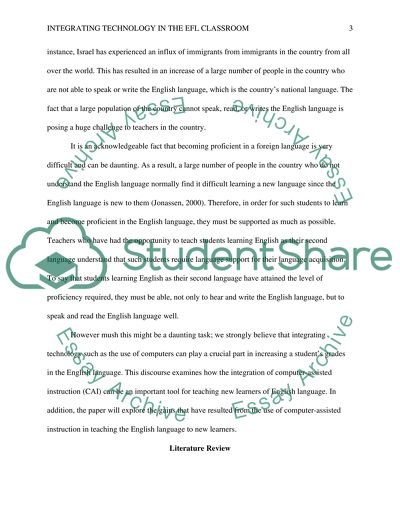Cite this document
(“Intigrating technology in the EFL classroom Essay”, n.d.)
Intigrating technology in the EFL classroom Essay. Retrieved from https://studentshare.org/education/1493140-intigrating-technology-in-the-efl-classroom
Intigrating technology in the EFL classroom Essay. Retrieved from https://studentshare.org/education/1493140-intigrating-technology-in-the-efl-classroom
(Intigrating Technology in the EFL Classroom Essay)
Intigrating Technology in the EFL Classroom Essay. https://studentshare.org/education/1493140-intigrating-technology-in-the-efl-classroom.
Intigrating Technology in the EFL Classroom Essay. https://studentshare.org/education/1493140-intigrating-technology-in-the-efl-classroom.
“Intigrating Technology in the EFL Classroom Essay”, n.d. https://studentshare.org/education/1493140-intigrating-technology-in-the-efl-classroom.


